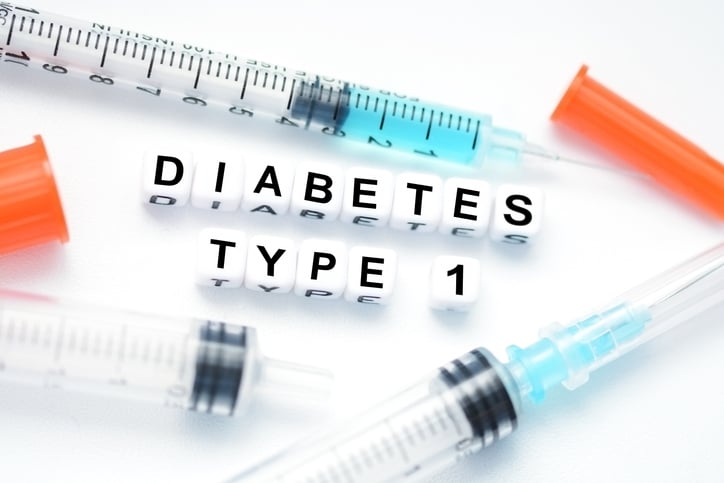Sana's engineered pancreatic islet cells control blood sugar in monkey model of Type 1 diabetes
2024-02-15
临床研究细胞疗法

Preview
来源: FierceBiotech
Sana Biotechnology is launching a clinical trial of its hypoimmune platform in humans through a Swedish university and expects to have data sometime in 2024.
Sana Biotechnology’s genetically engineered pancreatic islet cells controlled glucose levels for six months in a diabetic primate without requiring insulin or immunosuppression, according to new preclinical data published online Feb. 13. The development is a step toward treating Type 1 diabetes without injectable insulin.
In an article in the journal Cell Stem Cell, scientists from Sana reported that they had transplanted a primate version of the company’s islet cells—which are hypoimmune, meaning they have been genetically altered to avoid provoking an immune response—into a long-tailed macaque with Type 1 diabetes.
“The results of this preclinical study are remarkable, and if they translate into the clinic, we have the potential to profoundly change the way that type 1 diabetes is addressed, potentially eliminating the need for insulin injections or immunosuppression,” Sana’s head of hypoimmune platform Sonja Schrepfer, M.D., Ph.D., said in a press release. The research is proof-of-concept for the company's hypoimmune platform, which will ultimately be paired with engineered islet cells grown from induced pluripotent stem cells, or iPSCs.
Type 1 diabetes is an autoimmune condition that typically begins in childhood, though it can develop at any age. The disease is believed to arise from the immune system attacking the insulin-producing beta islet cells in the pancreas. To control their blood glucose levels, patients must take external insulin injections in some form—be it an insulin pump or shots multiple times a day—for the rest of their lives.
Sana’s product for Type 1 diabetes, SC451, aims to replace a patient’s lost islet cells with genetically engineered ones that are derived from donors or grown from iPSCs. In the new study, they engineered islet cells taken from a macaque of a different species that had a markedly different genetic immune profile from the recipient—a way to show that the engineered therapy could work despite a high “immunological bar,” as Sana put it in the company's press release.
Prior to the therapy, the recipient monkey was receiving two units of insulin per day to keep its blood sugar controlled. After the engineered islet cells were administered, the monkey was weaned off insulin at a rate of about half a unit every three days until it was completely discontinued. The monkey was followed for the next six months, over the course of which it didn’t receive any immunosuppressive therapy to prevent its immune system from rejecting the donor cells.
The animal had “tightly controlled” blood sugar levels for the full six-month period without any insulin injections, and its levels of C-reactive protein—an inflammatory marker that has been shown to rise in organ transplant recipients at risk of graft rejection—remained stable as well. The monkey didn’t experience any behavioral or physical changes besides some mild weight gain, the researchers noted. Furthermore, analysis of T cells, natural killer cells, macrophages and antibodies showed no signs that the animal’s immune system was flaring up in response to the transplant.
“These data demonstrate that our hypoimmune engineering completely circumvents allograft rejection, does not build immune memory, and thus achieves markedly better protection than systemic immunosuppression, and it is associated with no observed side effects,” the researchers wrote in the paper. “This successful NHP study provides proof of concept for an upcoming clinical trial using allogeneic, HIP-edited primary islets in patients with type 1 diabetes.”
There are some limitations to the study. First, the researchers in this case induced destruction of the recipient monkey’s beta islet cells using a drug called streptozotocin. This is different from the autoimmune mechanisms that cause the disease in humans; however, previous positive results in mouse models of diabetes caused by autoimmunity suggest that it still works the same way, regardless of how the damage is caused. Second, there was no control animal in the study that received unedited islet cells due to evidence that they would be rejected, the researchers noted.
Still, the evidence is enough to show that the concept is safe to test in humans. Sana is launching a clinical proof-of-concept study on the hypoimmune platform paired with donor-derived islet cells, UP421, through a Swedish university and expects to have data sometime this year, according to a Jan. 4 corporate presentation from the company.
更多内容,请访问原始网站
文中所述内容并不反映新药情报库及其所属公司任何意见及观点,如有版权侵扰或错误之处,请及时联系我们,我们会在24小时内配合处理。
靶点
药物
立即开始免费试用!
智慧芽新药情报库是智慧芽专为生命科学人士构建的基于AI的创新药情报平台,助您全方位提升您的研发与决策效率。
立即开始数据试用!
智慧芽新药库数据也通过智慧芽数据服务平台,以API或者数据包形式对外开放,助您更加充分利用智慧芽新药情报信息。



